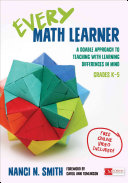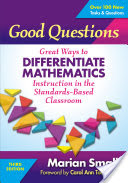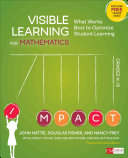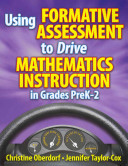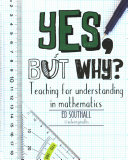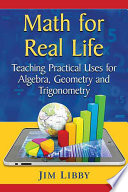Listed below are selected resources for French learners relating to science.
Vous trouverez ci-dessous une sélection de ressources scientifiques pour les apprenants de français.
Ressources pour les enseignantes (Teacher Resources)
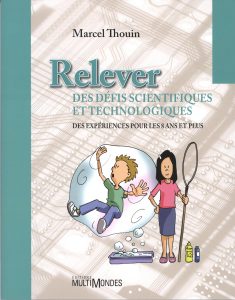 Relever des défis scientifiques et technologiques : des expériences pour les 8 ans et plus
Relever des défis scientifiques et technologiques : des expériences pour les 8 ans et plus
de Marcel Thouin
Niveau scolaire (Grade level): 3 – 8
Les expériences du présent ouvrage de recettes par le fait qu’elles sont des activités de résolution de problème qui permettent une véritable expérimentation par les jeunes. Ces défis, visent à faire évoluer leurs conceptions non scientifiques fréquentes, comportent tous plusieurs solutions ou approches possibles et impliquent une plus grande créativité et une plus grande initiative que de simples activités de manipulation. Ces modules portent sur la structure de la matière, les forces et les mouvements, la chaleur et la pression, le magnétisme et l’électricité, la lumière et le son, les produits chimiques, les planètes et les étoiles, la Terre et l’atmosphère, les champignons et les végétaux, les micro-organismes et les animaux, le corps humain, l’environnement, les techniques de la construction, les techniques du mouvement, les techniques de la lumière, du son et des communications ainsi que les techniques de l’alimentation et du vêtement.
Manuels scolaires (Textbooks)
de Fran Baines
Niveau scolaire (Grade level): 6 – 8
En plus de 150 doubles pages thématiques réparties sous 8 rubriques (matière et matériaux, forces et énergie, électricité et magnétisme, l’espace, la Terre, les plantes, les animaux et le corps humain), cette encyclopédie abondamment illustrée de photographies, schémas et dessins propose une initiation fort bien structurée au monde des sciences.
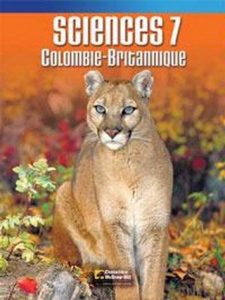 Sciences 7, Colombie-Britannique
Sciences 7, Colombie-Britannique
de Adrienne Mason, et. al.
Niveau scolaire (Grade level): 7
Les manuels présentent des photographies, des contextes, des modèles de comportement et des carrières propres à cette province. De plus, ils offrent un contenu autochtone original. La présentation est adaptée à l’âge des élèves et favorise ainsi l’acquisition de compétences scientifiques. Une grande variété d’activités pratiques stimulantes, des éléments visuels attrayants ainsi que des liens Internet font de ces manuels des outils pratiques et efficaces.
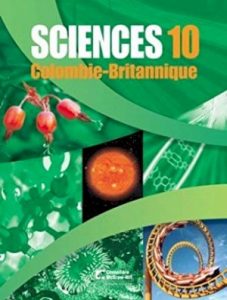 Sciences 10, Colombie-Britanique
Sciences 10, Colombie-Britanique
de Lionel Sandner, et. al.
Niveau scolaire (Grade level): 10
Une grande variété d’activités pratiques stimulantes, des éléments visuels attrayants ainsi que des liens Internet font de ces manuels des outils pratiques et efficaces. Ce livre couvre des sujets tels que la génétique et l’hérédité, les réactions chimiques, la transformation de l’énergie et la formation de l’univers.
Non-fiction
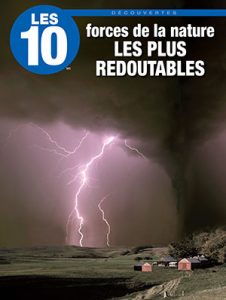 Les 10 forces de la nature les plus redoutables
Les 10 forces de la nature les plus redoutables
de Jeffrey D. Wilhelm
Niveau scolaire (Grade level): 5 – 8
De nombreuses forces de la nature frappent la Terre. Des forces telles que les seismes, les ouragans et les eruptions volcaniques, entre autres, sont si puissantes qu’elles font trembler le sol et en modifient la surface. Certaines forces peuvent engloutir des pates de maisons et meme des villages. D’autres peuvent assecher le sol. Et d’autres encore peuvent inonder de vastes regions ou consumer des forets entieres. Nous te presentons ici les 10 forces de la nature qui, selon nous, sont les plus redoutables.
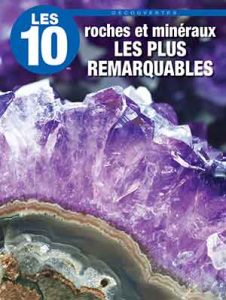
Les 10 roches et mineraux les plus remarquables
de Jeffrey D. Wilhelm
Niveau scolaire (Grade level): 5 – 8
Peux-tu imaginer un monde sans roches ni minereaux? La vie y serait presque impossible puisque les roches et les mineraux entrent dans la composition de tant d’objets que nous utilisons chaque jour. Sans les roches et les mineraux, nous n’aurions ni voitures, ni routes, ni ordinateurs. Sans compter que de petites quantites de nombreux mineraux sont essentielles a notre sante. Dans ce livre, nous te presentons les 10 roches et mineraux qui, selon nous, sont les plus remarquables.
Un ecosysteme est une communaute d’organismes vivants. Ces organismes interagissent avec les elements non biologiques de leur milieu, tels que le sol, la lumiere solaire et l’eau. Chaque aspect d’un ecosysteme joue un role essentiel dans la survie de ce dernier. Tous ses elements sont interdependants. Les animaux et les plantes qui vivent dans l’ecosysteme dependent les uns des autres pour leur survie. Ils dependent aussi de leur milieu. Dans ce livre, nous te presentons les 10 ecosystemes que nous jugeons les plus fascinants.
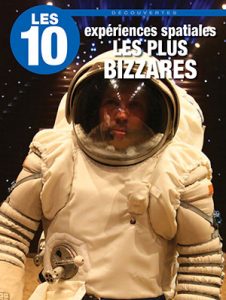
Les 10 experiences spatiales les plus bizarres
de Jeffrey D. Wilhelm
Niveau scolaire (Grade level): 5 – 8
Pense a ce que tu fais les jours, comme jouer a un jeu, manger un sandwich ou te brosser les dents. Maintenant, imagine ce que ce serait de faire ces activites dans l’espace, sans gravite. Pourrais-tu les faire de la meme facon? Si non, pourrais-tu trouver d’autres facons de t’y prendre? Dans ce livre, nous tes presentons les 10 experiences spatiales qui, a notre avis, ont ete les plus bizarres.
Les livres d’images (Picture Books)
texte de (writer) Louise Spilsbury; illustrations de (illustrator) Hanane Kai
Niveau scolaire (Grade level): Kindergarten – 6
La planète bleue. Gaia. Terra. Voici quelques-uns des surnoms de notre belle planète. Malgré ces nombreuses appellations, il n’y a qu’une seule Terre. Des minuscules insectes que l’on rencontre en forêt aux énormes baleines nageant dans l’océan, elle apporte à tous ses habitants les ressources nécessaires à la vie. Mais notre planète est en danger, et nous devons la sauver! Dans cet album informatif et d’actualité, les jeunes lecteurs seront fascinés par l’abondance de faits captivants sur notre planète. Grâce à un glossaire et à des suggestions de lecture, les enfants, les enseignants et les parents pourront tous en apprendre davantage sur le réchauffement climatique.
Trouver d’autres ressources
Voici quelques conseils pour trouver d’autres ressources dans ce domaine :
- Sur la page principale du site de la bibliothèque de l’UBC, utilisez la boîte de recherche générale pour rechercher des matériaux à travers toutes les succursales de la bibliothèque de l’UBC.
- Pour limiter vos résultats aux matériels disponibles à la Bibliothèque de l’éducation, visitez le site web de la Bibliothèque de l’éducation et effectuez une recherche à l’aide de la case “Search Education Resources” située dans la bande à gauche de l’écran.
- Remarque : les ressources étant principalement cataloguées en anglais, les termes ci-dessous donnent généralement plus de résultats que les recherches effectuées en français. Vous pouvez filtrer votre liste de résultats par langue dans la barre latérale de gauche.
- Utilisez des termes de recherche spécifiques, tels que
- “scientific thinking”, “water cycle”, “geology”, “energy”, “biomes”, “science-study and teaching”, etc.
- Pour trouver des plans de cours, incluez “lesson plans”, “lesson planning”, or “activity programs” dans vos termes de recherche.
Finding More Resources
To find more resources in this area, try the following:
- Search using the General tab on the UBC Library website to look for material in all UBC Library branches.
- Search using “Search Education Resources” box in the left hand bar on the Education Library website to limit your results to physical materials in the Education Library.
- Use specific search terms, such as
- “scientific thinking”, “water cycle”, “geology”, “energy”, “biomes”, “science-study and teaching”, etc.
- To find lesson plans, include “lesson plans”, “lesson planning”, or “activity programs” in your search terms.

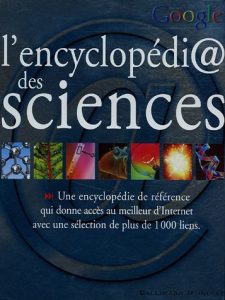



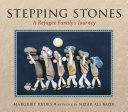


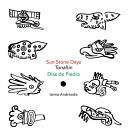


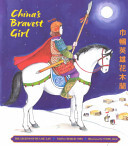

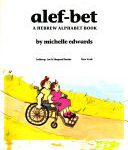
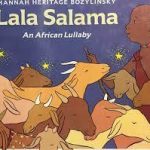
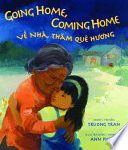

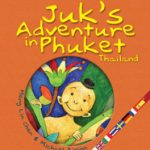
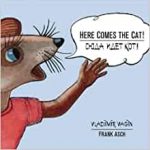


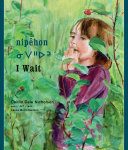
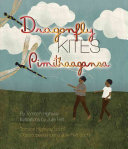
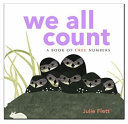
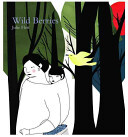
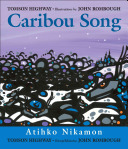

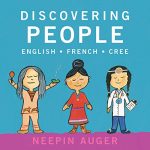
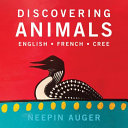
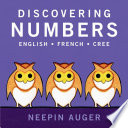
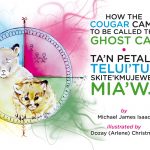
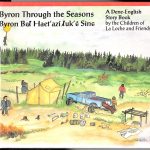
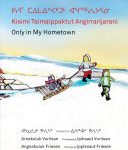
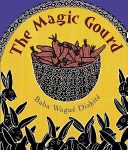
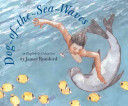
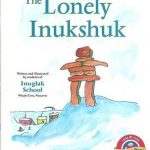

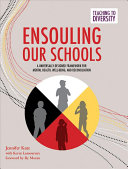

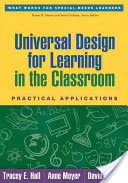
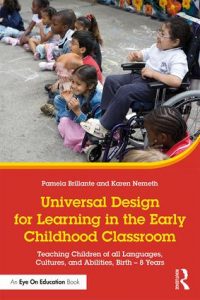

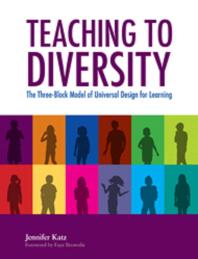
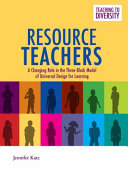
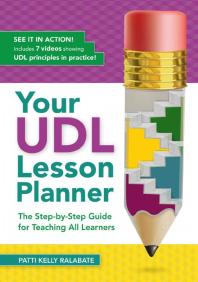
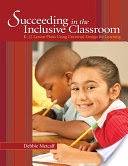

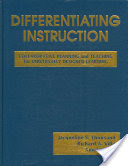



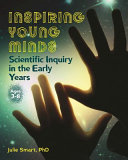

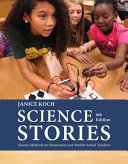
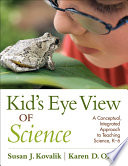
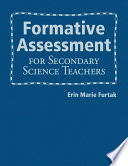
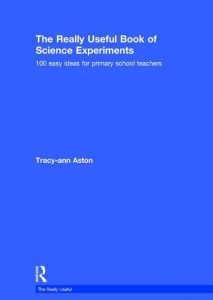
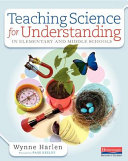

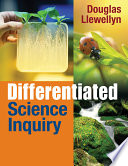

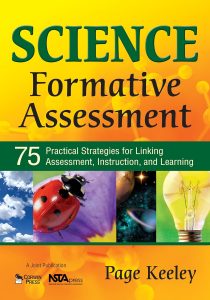

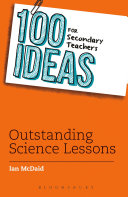
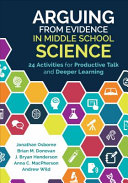


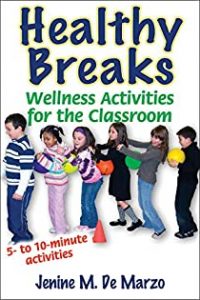
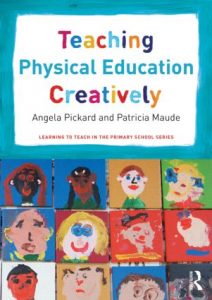 Teaching physical education creatively
Teaching physical education creatively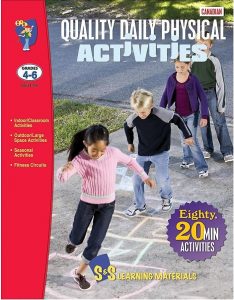 Canadian quality daily physical activities. Grades 4-6: 80 activities adapted for classroom & outside
Canadian quality daily physical activities. Grades 4-6: 80 activities adapted for classroom & outside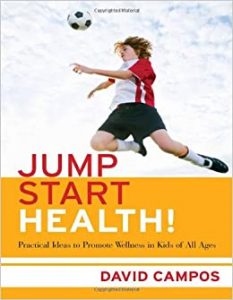
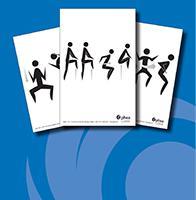 Ophea 50 fitness activity cards [Les 50 cartes d’activités physiques d’Ophea]
Ophea 50 fitness activity cards [Les 50 cartes d’activités physiques d’Ophea]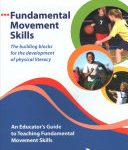
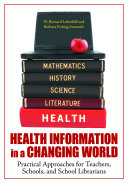 Health information in a changing world: Practical approaches for teachers, schools, and school librarians
Health information in a changing world: Practical approaches for teachers, schools, and school librarians A curriculum of wellness: Reconceptualizing physical education
A curriculum of wellness: Reconceptualizing physical education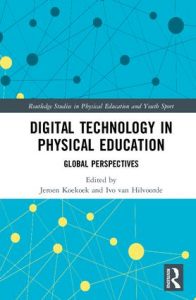 Digital technology in physical education: Global perspectives
Digital technology in physical education: Global perspectives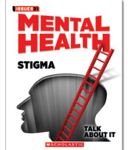
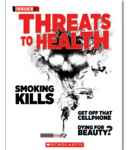
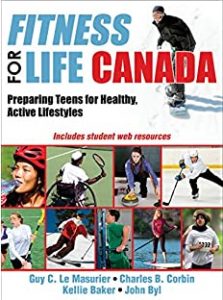 Fitness for life Canada: Preparing teens for healthy, active
Fitness for life Canada: Preparing teens for healthy, active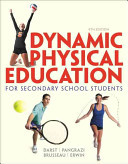 Dynamic physical education: For secondary school students
Dynamic physical education: For secondary school students
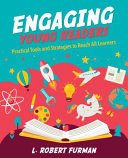 Engaging young readers: Practical tools and strategies to reach all learners
Engaging young readers: Practical tools and strategies to reach all learners
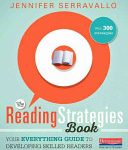

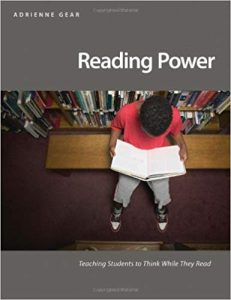

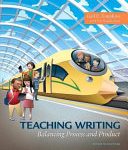
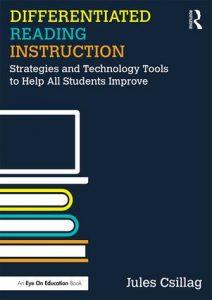
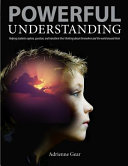
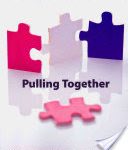
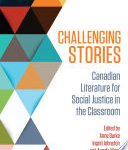
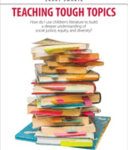
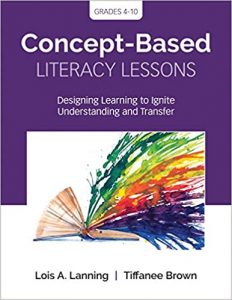
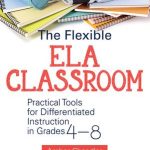
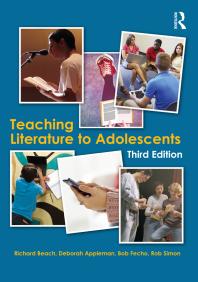 Teaching literature to adolescents
Teaching literature to adolescents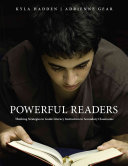
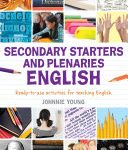
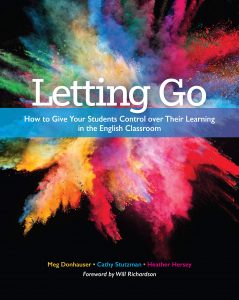 Letting go: How to give your students control over their learning in the English classroom
Letting go: How to give your students control over their learning in the English classroom
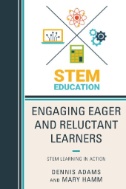 Engaging eager and reluctant learners: STEM learning in action
Engaging eager and reluctant learners: STEM learning in action The really useful primary design and technology book
The really useful primary design and technology book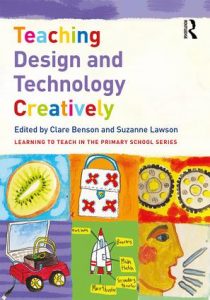 Teaching design and technology creatively
Teaching design and technology creatively STEM and ICT Education in Intelligent Environments
STEM and ICT Education in Intelligent Environments Primary design and technology for the future: Creativity, culture and citizenship
Primary design and technology for the future: Creativity, culture and citizenship
 100 ideas for teaching design and technology
100 ideas for teaching design and technology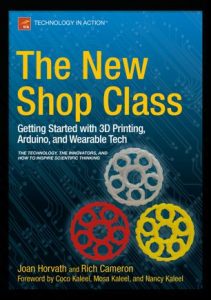 The new shop class: Getting started with 3D printing, Arduino, and wearable tech
The new shop class: Getting started with 3D printing, Arduino, and wearable tech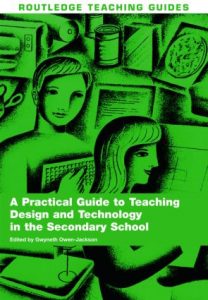 A practical guide to teaching design and technology in the secondary school
A practical guide to teaching design and technology in the secondary school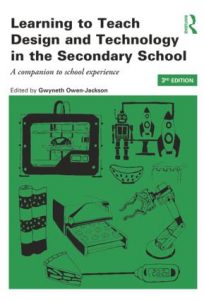 Learning to teach design and technology in the secondary school
Learning to teach design and technology in the secondary school Debates in design and technology education
Debates in design and technology education
 ArtBreak: A creative guide to joyful and productive classrooms
ArtBreak: A creative guide to joyful and productive classrooms Integrating the arts across the elementary school curriculum
Integrating the arts across the elementary school curriculum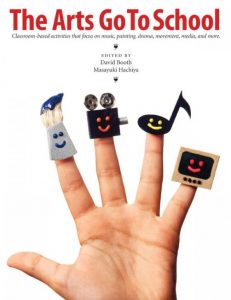 The arts go to school: Classroom-based activities that focus on music, painting, drama, movement, media, and more
The arts go to school: Classroom-based activities that focus on music, painting, drama, movement, media, and more Art teaching: Elementary through middle school
Art teaching: Elementary through middle school
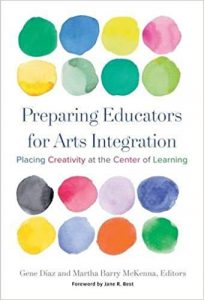 Preparing educators for arts integration: Placing creativity at the center of learning
Preparing educators for arts integration: Placing creativity at the center of learning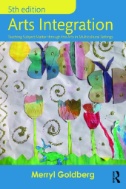 Arts integration: Teaching subject matter through the arts in multicultural settings
Arts integration: Teaching subject matter through the arts in multicultural settings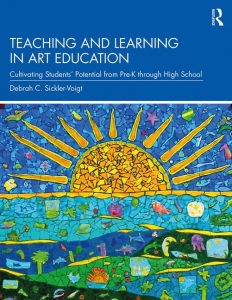
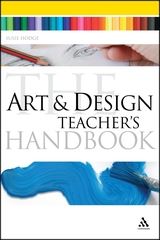 The art and design teacher’s handbook
The art and design teacher’s handbook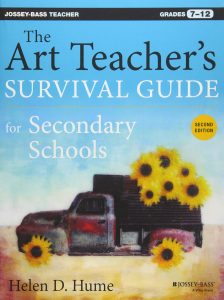 The art teacher’s survival guide for secondary schools: Grades 7-12
The art teacher’s survival guide for secondary schools: Grades 7-12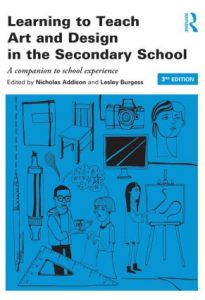 Learning to teach art and design in the secondary school: A companion to school experience
Learning to teach art and design in the secondary school: A companion to school experience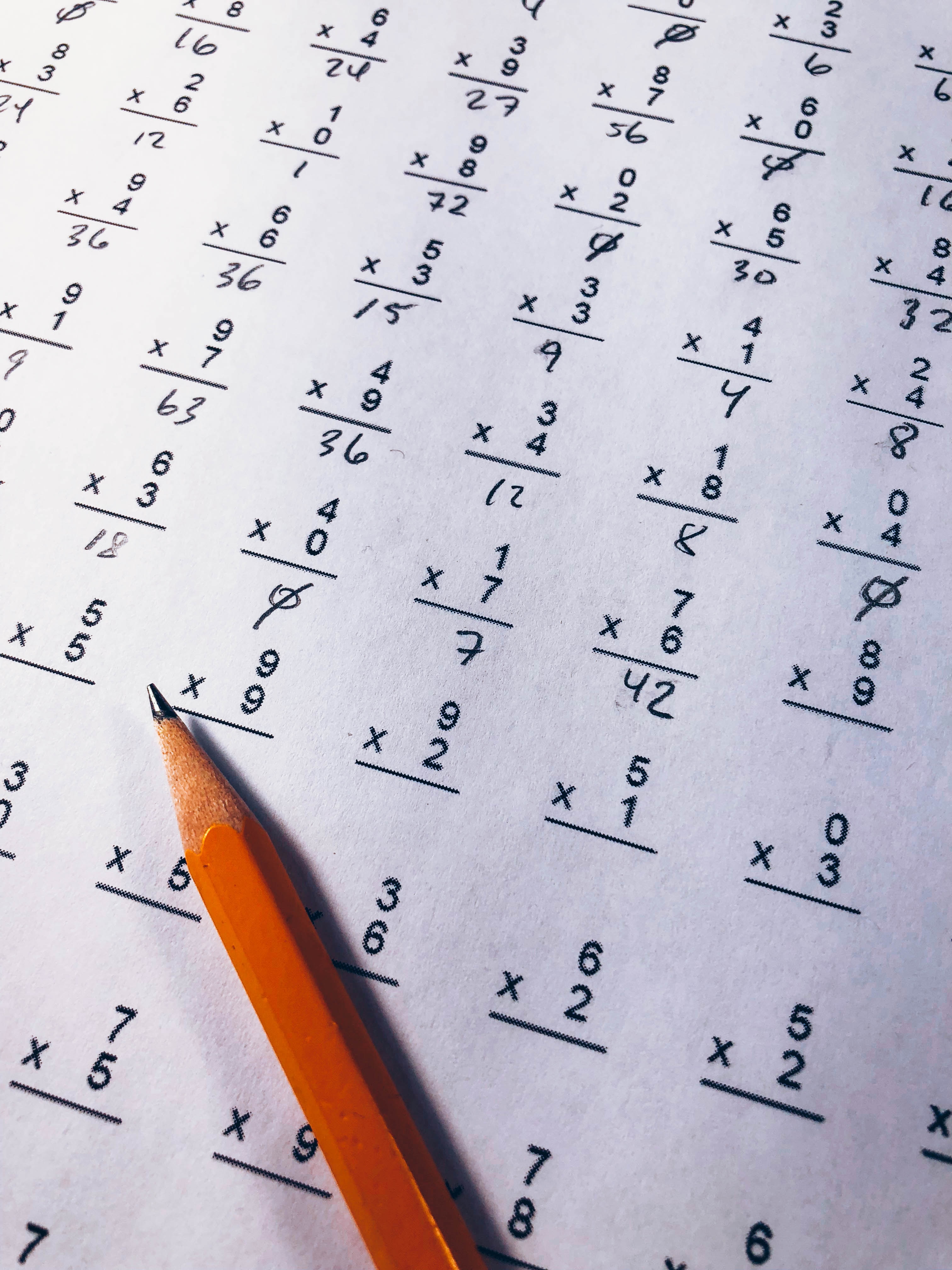
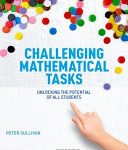
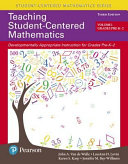
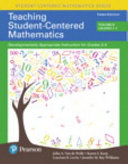
 The math teacher’s toolbox: Hundreds of practical ideas to support your students
The math teacher’s toolbox: Hundreds of practical ideas to support your students